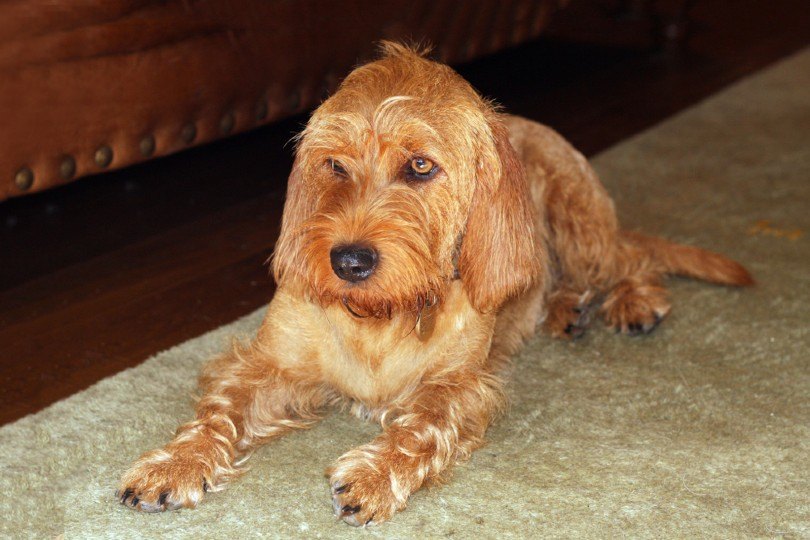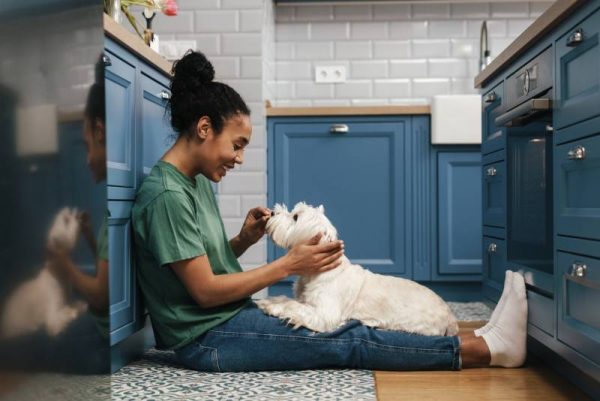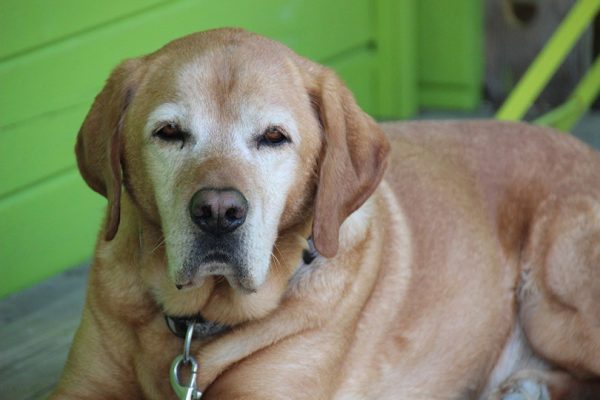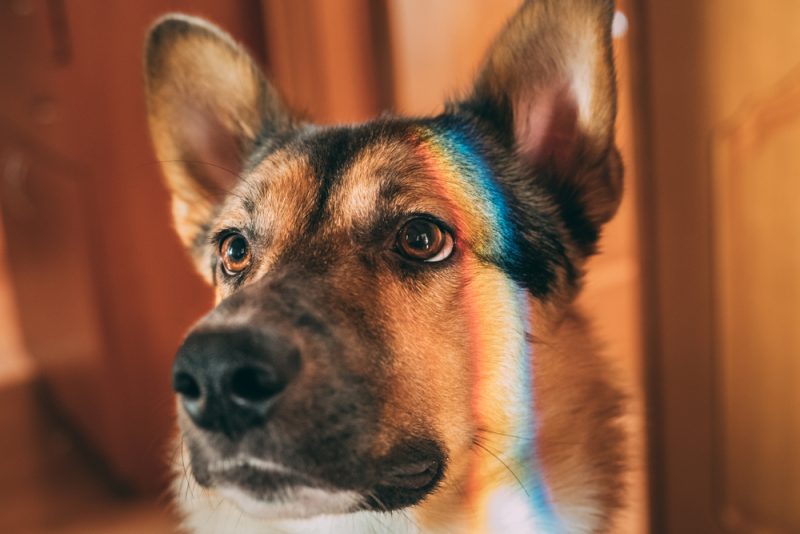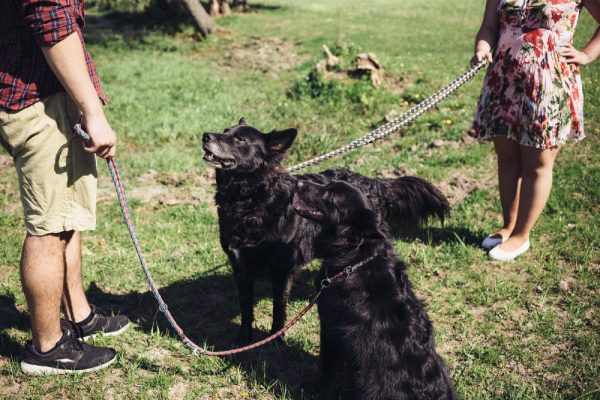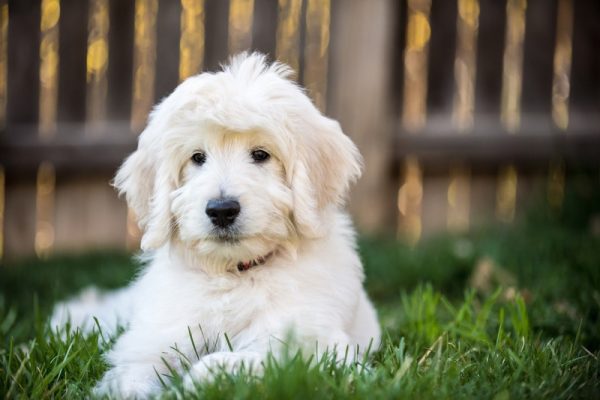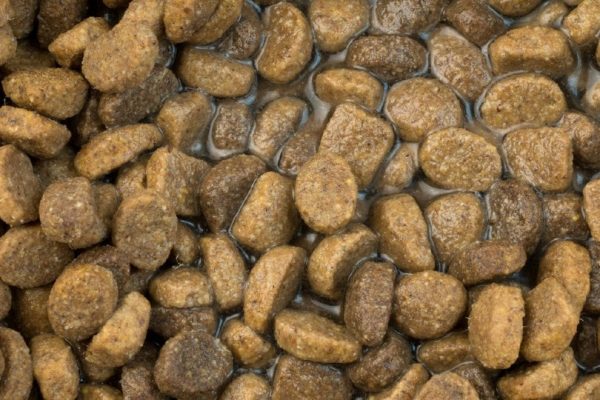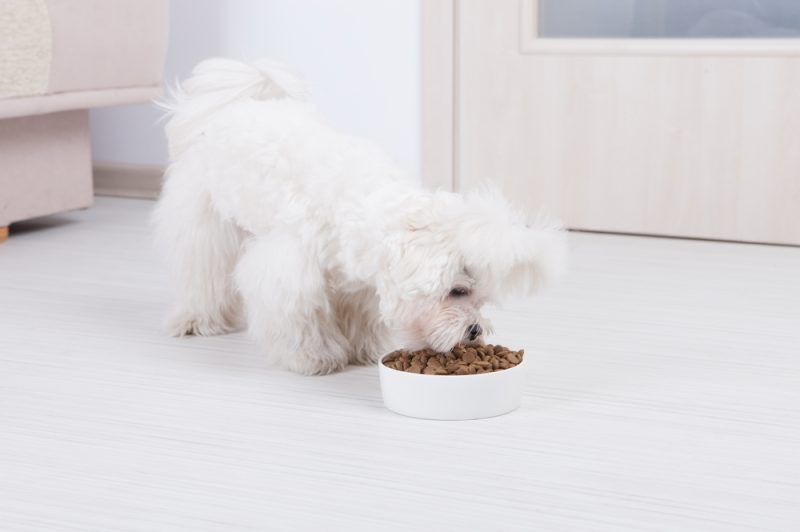In this article
View 8 More +The Basset Fauve de Bretagne is a mouthful, but it was created from the remnants of the now extinct Grand Fauve de Bretagne in France. They used to be a much larger breed and were used for hunting like most dogs in the past.
While many dogs come from royalty, this dog came from the humble French commoner who needed help hunting after the French Revolution. Since many commoners hunted on foot, they needed a dog that was slower but could also track and hunt game with ease.
Breed Overview
Height:
13 – 15 inches
Weight:
25 – 35 pounds
Lifespan:
11 – 14 years
Colors:
Black, fawn, wheaten, white
Suitable for:
Active families, those looking for a low-shedding dog
Temperament:
Adaptable, Affectionate, Companionable, Courageous, Sociable, Stubborn
These loveable dogs now are social creatures that love to have all the attention possible. They are a small package with great energy and just a dash of stubbornness. If you want to know more about this small breed, then read on.
Basset Fauve de Bretagne Characteristics

Basset Fauve de Bretagne Puppies
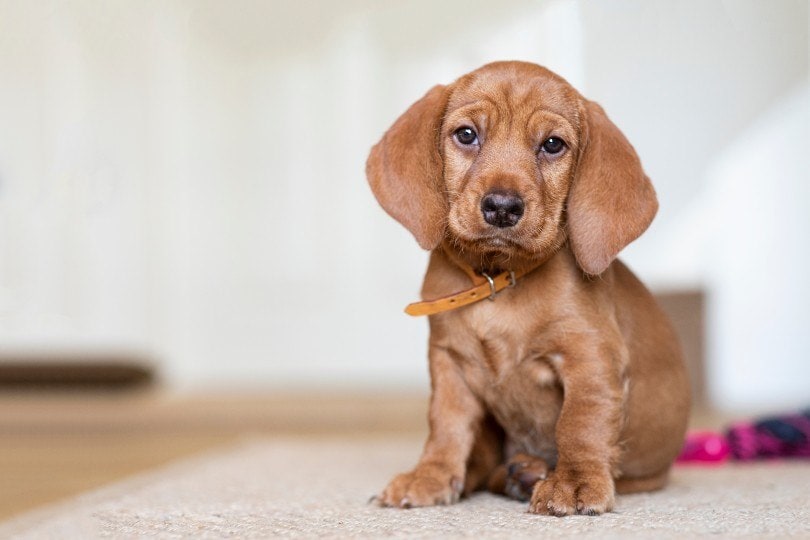
While it may be tempting to bring home a Basset Fauve de Bretagne puppy, there are a few things you need to know before you bring one home. Yes, they are super adorable and they look like little teddy bears, but they are so much more.
These dogs are incredibly intelligent animals, meaning your home has to be puppy-proof. They have so much energy to spare that they can be a handful if you aren’t prepared for it. As you can see from above, they are going to be wanting to run and play as often as possible.
Since they were bred to be hunting dogs, that nose is going to get them in trouble. If something smells good to them, well, they are going to find it. Being a slightly stubborn breed, they may not want to train on your terms. Just keep going and be patient with your dog. They are highly intelligent, but they can be easily distracted by their nose.
Temperament & Intelligence of the Basset Fauve de Bretagne
These dogs are so smart that they often get seen as dogs who will only do what they want when they want. The truth is, they are people pleasers through and through. That doesn’t mean that your dog is going to be one that isn’t stubborn. These dogs are stubborn when they want to be.
However, their sweet natures more than make up for them being just a little stubborn about training. They are affectionate dogs that love curling up with you and sitting on the couch after a long day of play. This can even be seen with children.
Training can be a little difficult, though. They are stubborn and need a confident owner who can display that they are in charge. Without that, they can be a handful to train and sometimes housebreaking is the hardest task for them.
With proper training though, they can be amazing dogs that love to work. When outside, a fenced area is ideal to keep your dog on a leash. They are known to wander off and chase a smell they like. It is why car accidents are some of the top reasons these dogs pass on; they follow a smell into a street. When this happens, they either don’t hear you or it is hard to get their attention back and towards you. Only allow your dog off leash in safe areas where they can’t get hurt.
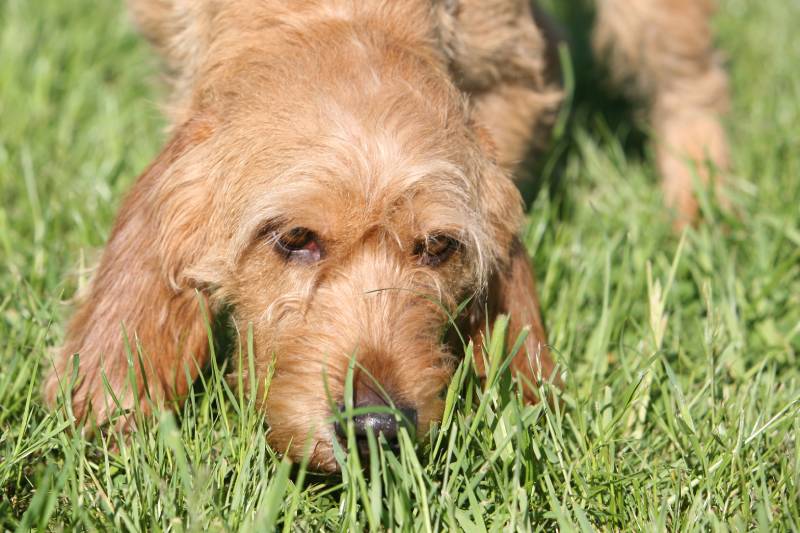
Are These Dogs Good for Families?🧑🧑🧒
These dogs make amazing family dogs. They are great with children and they keep up with the energy kids have. You may need kids to keep up with the energy these dogs have. They do bark, but their bark is deeper, like most hounds, and they often only bark when they need something.
Since they are so playful, children have an easy time getting along with these dogs. It is very unlikely that they will knock your toddler over accidentally since they are on the smaller side. Most likely they won’t be underfoot so they won’t be a tripping hazard either unless you have a fantastic smelling piece of food.
Does This Breed Get Along with Other Pets?
Every dog is different and while one dog may be great with other pets, another might not. It is best to keep these hunting dogs away from small animals like rabbits, ferrets, and rodents. They have been bred to hunt these creatures so they wouldn’t be a good mix to your household.


Things to Know When Owning a Basset Fauve de Bretagne:
Food & Diet Requirements 🦴
Like any dog, the Basset Fauve de Bretagne does extremely well on high-quality dog food. This can be anything from commercially manufactured to home prepared meals. When going for the meals prepared at home, they should be regulated and approved by a veterinarian to make sure your dog has all their needs met.
Any diet that you select should be appropriate for your dog’s age. As a dog changes age, their dietary needs change. Also, when feeding your dog, avoid excessive treats. Too many and a dog can easily become overweight, even with an active dog like the Basset Fauve de Bretagne.
Exercise 🐕
These dogs are highly energetic and love to play. They need regular exercise to keep their entertainment up. When walks happen, they need to stay on a leash. Since they are prone to wanting to follow their nose at a moment’s notice to go find what that unfamiliar smell is. They don’t need a vast space to play in, as they love indoor activities too, like playing hide-and-seek. However, they require at least a daily walk and mental stimulation to keep them busy. These dogs do great with agility sports for dogs and training classes.

Training 🎾
These dogs are on the stubborn side of training. They want to learn, but their drive as a scent hound can get them to be easily distracted. Training needs to start young with the Basset Fauve de Bretagne because the scent can override the brain and leads to ignoring your commands. They are incredibly intelligent dogs, meaning they need mental stimulation to feel their best.
Since they are extremely outgoing dogs, going to training classes and being social is a great way to keep your dog entertained and happy. Just know they can be stubborn about what they want to do at times if you don’t have their interest.
Grooming ✂️
Thankfully, they don’t require that much grooming. Some breeds need extensive daily grooming, but the Basset Fauve de Bretagne is almost a wash, and they are good to go type of dog. Their coarse, wiry coat helps repel dirt and resists matting. They need weekly grooming with a fine-toothed comb, and then a stiff brush.
Shedding is seasonal, and even then, they lose little hair. A trip to the groomers for nail trimming, teeth brushing, and ear cleaning should be done regularly.
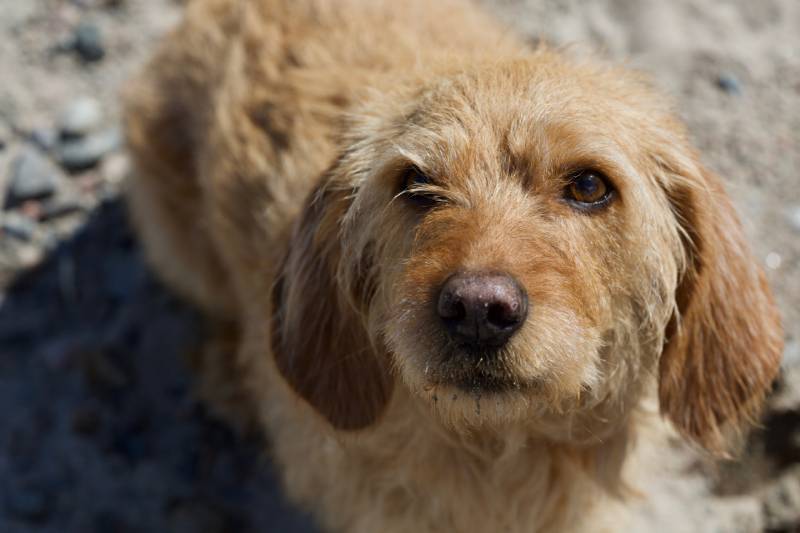
- See Also: 11 Best Dog Shampoos
Health and Conditions 🏥
Just like any dog, the Basset Fauve de Bretagne can have health problems. However, it doesn’t seem to be any that are more prominent in the breed either. As they have a hunting background, they were bred to have a good bloodline. A hunting dog with serious health conditions wasn’t a dog that could be used. Just like any other breed, though, that doesn’t mean that they don’t come up.
- Ear Infections
- Cataracts
- Kidney Failure
- Heart Failure

Male vs Female
Now that you know you want this breed, the final question is male or female. Lucky for you, there is really no difference between the two dogs. They are about the same size, same weight, and have the same energy levels. The only difference is personal preference. You can’t go wrong with this breed!

3 Little-Known Facts About the Basset Fauve de Bretagne
1. They Came from a Now-Extinct Breed
Before there was the Basset Fauve de Bretagne, there was the Grand Fauve de Bretagne. These were much bigger and leggier dogs than the ones we know today. Sadly, they went extinct around the 1700s, though there is no clear date or year they are said to have been extinct. What we know is that in the 1520s there was an Admiral by the name d’Anneboulde that had a pack of the Grand Fauve de Bretagne and the stud dog named Mirraud was only used by royalty.
2. These Aren’t Your Royal Dogs
In 1789, after the French Revolution, the Basset was developed. When the aristocratic privileges were abolished, that meant anyone who wanted to hunt could have a hound. Since many peasants didn’t own a horse, they needed a dog that they could keep up with. Why they kept getting shorter is up for debate. How is also a matter up for debate. What most likely happened was the smallest of the dogs were bred to the smallest.
3. The French Blood Runs Deep
By the 19th century, the hound packs in France were exclusively Bassets and they were used to hunt rabbits, hare, foxes, deer, and wild boars. It was during the WWII era that the Bassets almost met their end to everyone but the French. Today they are still used as hunting and family dogs in France, but are slowly becoming more popular here in the United States. There aren’t many breeders of this dog just yet here in the United States, but they are coming about.

Conclusion
The Basset Fauve de Bretagne is a stunning little hound dog with a huge personality. They are great family pets and despite their small size; they give huge amounts of love. Just be prepared to give your little dog the time and attention they need because they don’t enjoy being alone. You are their pack now, and that means you are family.
You may even find that you end up learning along with your dog about how to stay active both physically and mentally.
Featured Image Credit: Paul Steven, Shutterstock
